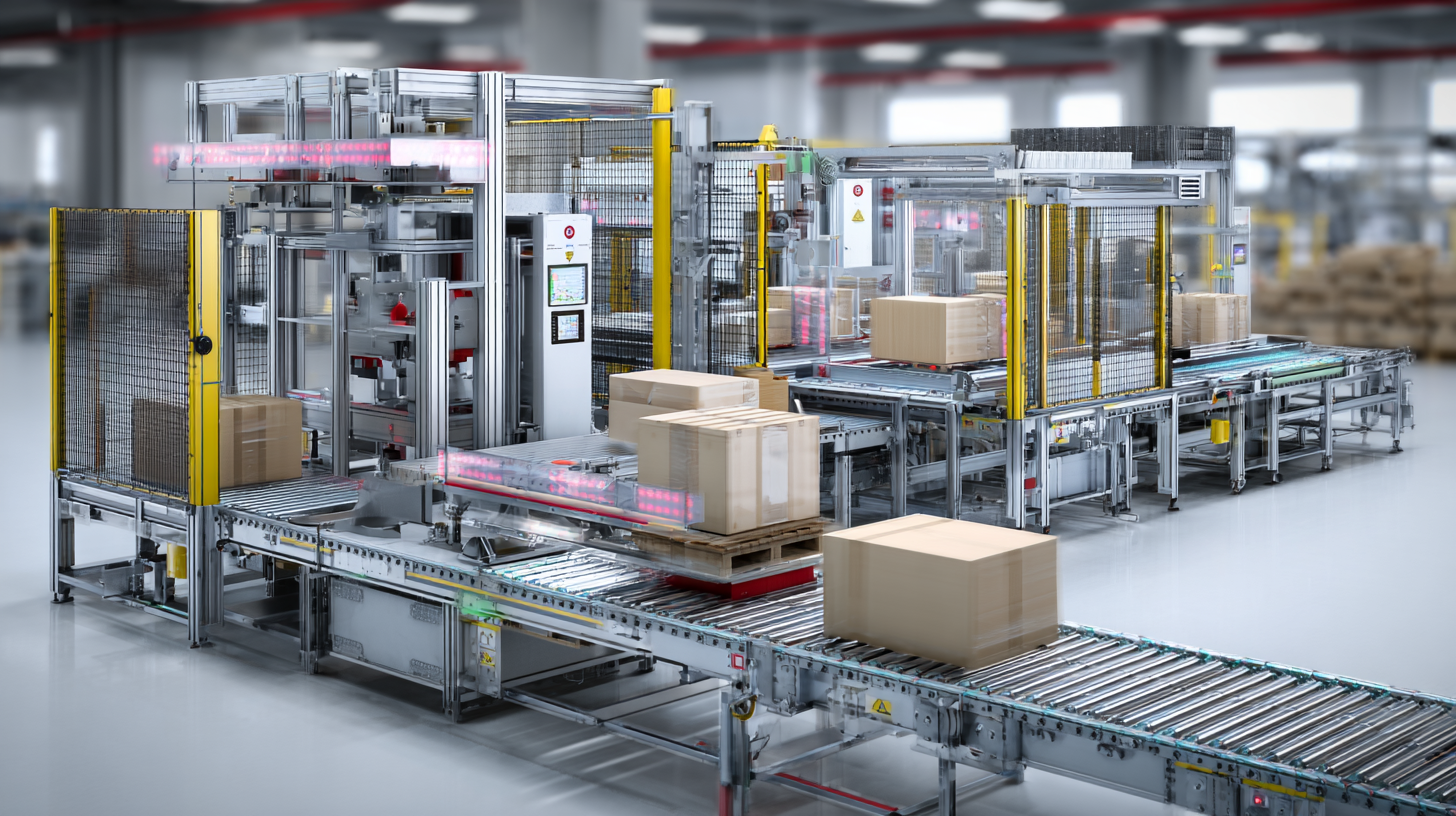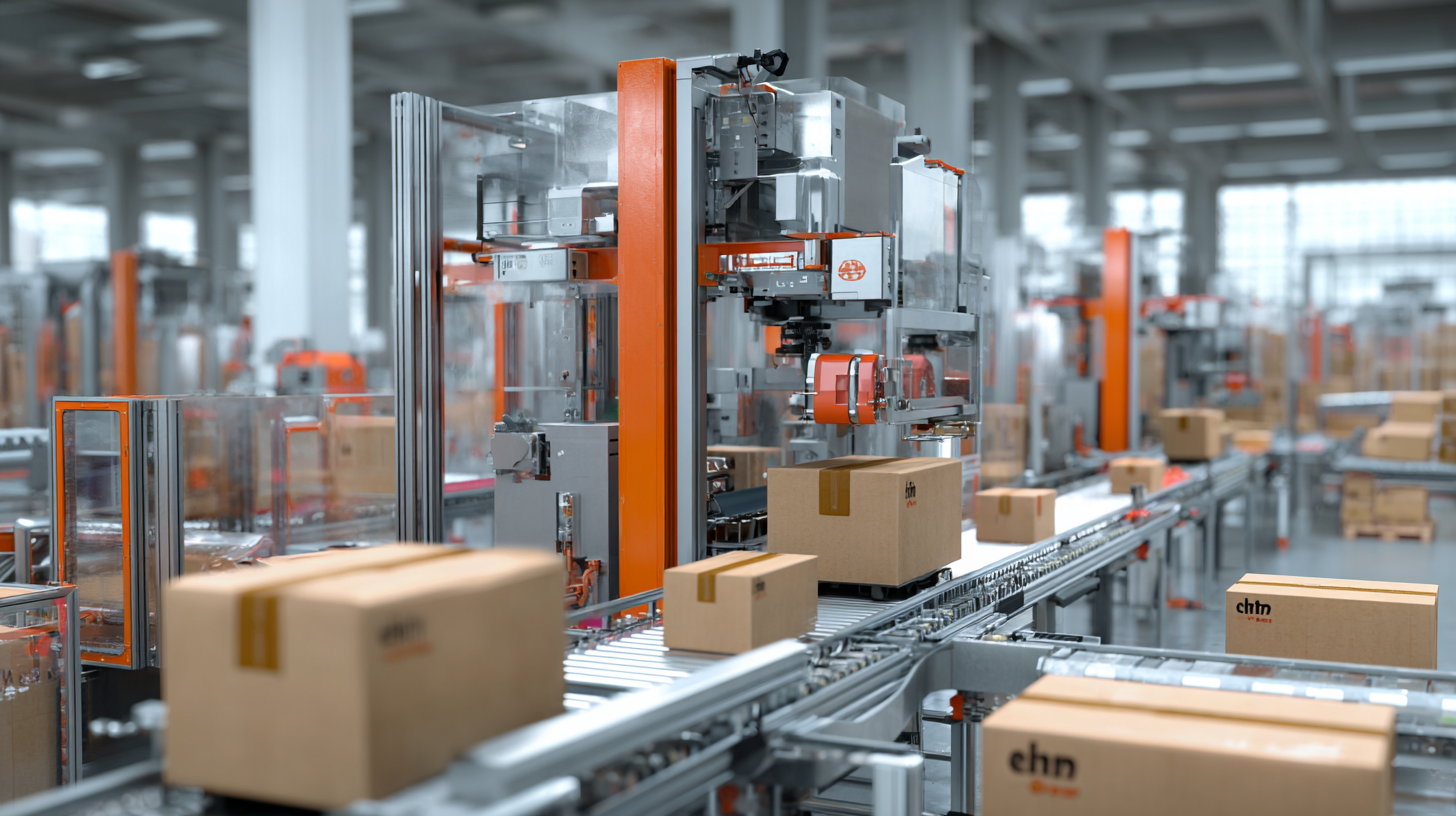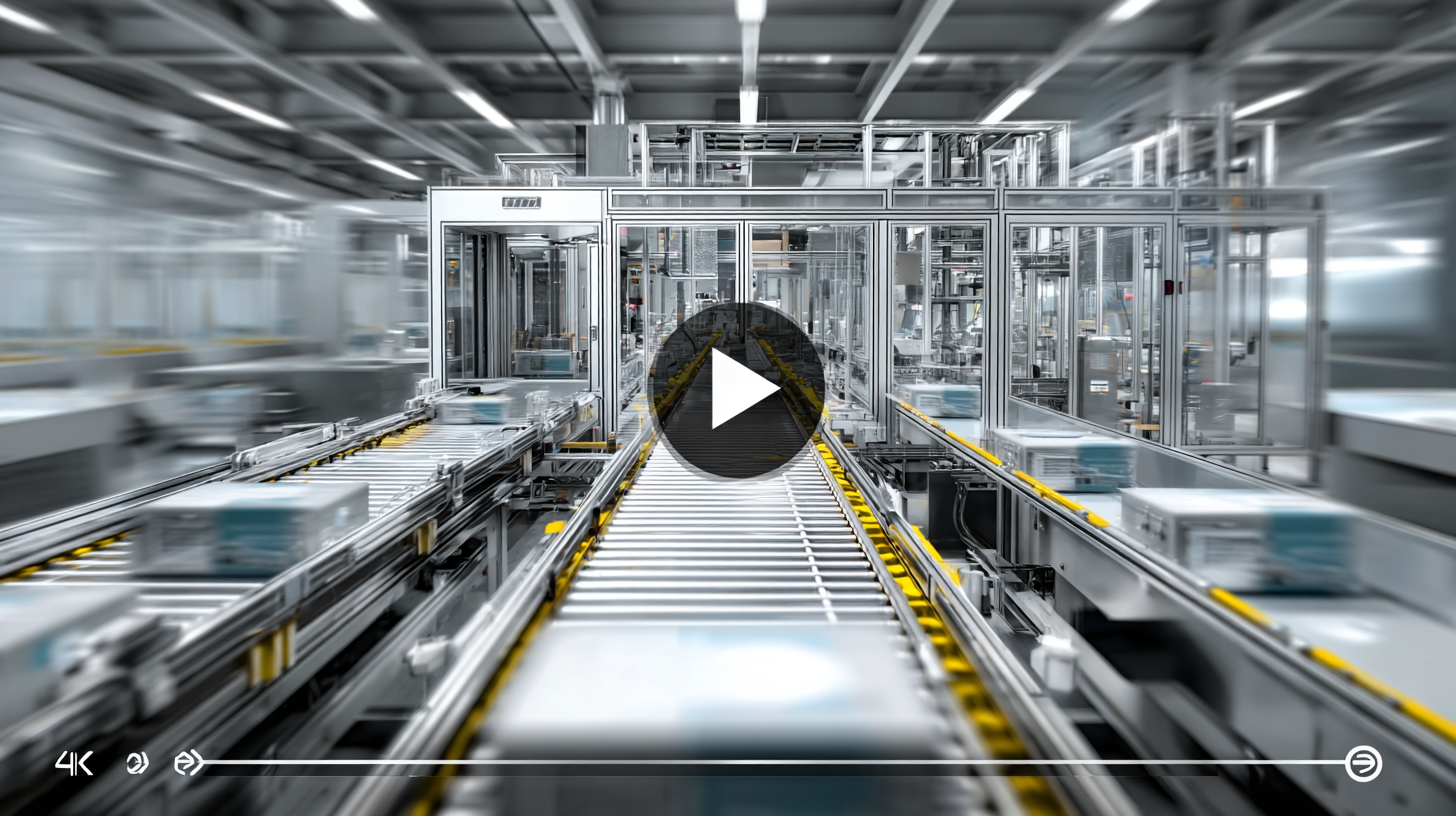Embracing Innovation in 2025 How Best Automatic Packing Machines Will Transform Global Supply Chains
As we approach 2025, the global supply chain landscape is set to undergo significant transformation driven by technological advancements, particularly with the rise of automatic packing machines. According to a recent report by the International Federation of Robotics, the market for automated packing machinery is projected to grow at a compound annual growth rate (CAGR) of 8.4%, reaching $7 billion by 2025. This shift towards automation not only optimizes packing processes but also enhances efficiency and accuracy in inventory management, ultimately improving overall supply chain performance. As businesses strive to meet consumer demands for faster delivery times and cost-effective solutions, embracing innovation through automatic packing machines will be imperative. These machines, equipped with AI and machine learning capabilities, will revolutionize how products are packed, ensuring a smoother flow of goods from manufacturers to consumers and setting a new standard in logistics management.

The Future of Packaging: Key Innovations in Automatic Packing Machines for 2025
The future of packaging in 2025 is poised for remarkable transformation, driven by key innovations in automatic packing machines. As industries increasingly prioritize smart and sustainable manufacturing, the food processing and packaging sector is experiencing unprecedented changes. Automatic packing machines equipped with advanced technology are set to optimize efficiency while enhancing product quality and customization, aligning with consumers' growing demands.
One of the most significant trends emerging from recent industry events is the focus on eco-friendly packaging solutions. Companies are actively developing and implementing environmentally conscious practices, leading to innovations that not only reduce waste but also improve supply chain efficiency. By utilizing automated systems, businesses can significantly streamline their packaging processes, ensuring faster turnaround times and reduced operational costs.
**Tips for Embracing Innovation:**
- Invest in smart technology that integrates with existing systems to enhance productivity and reduce downtime.
- Explore sustainable packaging materials and methods to meet consumer demand for environmentally friendly products.
- Stay informed about industry trends and emerging technologies to remain competitive in a rapidly evolving market.
Embracing Innovation in 2025: How Best Automatic Packing Machines Will Transform Global Supply Chains
| Feature | Description | Impact on Supply Chain | Expected Adoption Rate by 2025 |
|---|---|---|---|
| AI-Powered Robotics | Automation of packing processes using AI for improved accuracy. | Reduces labor costs and minimizes human error. | 75% |
| Smart Sensors | Devices that monitor packaging materials and quality in real-time. | Enhances product quality and reduces waste. | 60% |
| Modular Packing Systems | Flexible machines that can be adapted to different packing requirements. | Increases efficiency and reduces downtime during product changes. | 50% |
| Eco-Friendly Packaging | Use of sustainable materials in packaging processes. | Meets consumer demand for sustainability and reduces environmental impact. | 70% |
| Blockchain Integration | Using blockchain to ensure transparency in the supply chain. | Enhances traceability and trust among stakeholders. | 55% |
Integrating AI and Robotics in Automatic Packing for Enhanced Efficiency
The integration of AI and robotics in automatic packing is set to revolutionize global supply chains by 2025. According to a recent report by McKinsey, the deployment of robotic systems in logistics can enhance productivity by up to 40%, significantly reducing the time required for packaging operations. Automated packing machines equipped with AI algorithms can analyze product dimensions and optimize packing patterns in real-time, leading to better space utilization and reduced material costs. This level of efficiency is crucial as companies face the increasing demand for faster delivery and reduced operational costs.
Moreover, the incorporation of AI-powered predictive analytics can anticipate packing needs based on fluctuating market trends and customer preferences. A study by Gartner highlights that organizations implementing AI in supply chain processes are expected to experience a 25% improvement in inventory accuracy by 2025. By leveraging data-driven insights, businesses can streamline their packing operations, minimize waste, and enhance customer satisfaction. As industries adapt to these advanced technologies, the global supply chain landscape will witness significant transformations, positioning companies for success in an increasingly competitive environment.

Sustainability Trends: How Automatic Packing Machines Can Reduce Waste
As we look toward 2025, the push for sustainability in supply chains is more critical than ever. One of the most significant contributors to waste management within the logistics sector is packaging. According to a recent report by Smithers Pira, approximately 30% of all packaging waste generated globally is linked to inappropriate materials and excess usage. Automatic packing machines, by streamlining the packaging process and utilizing eco-friendly materials, can drastically reduce this waste.
These machines not only improve efficiency but also allow for precise use of materials, minimizing the overpackaging that often plagues traditional packing methods. A study by Grand View Research highlights that the demand for automated packaging solutions is projected to grow by 14% annually, driven largely by companies seeking sustainable practices. Moreover, implementing smart technology in packaging can lead to better inventory management, reducing surplus and further contributing to environmental preservation. With the integration of these advanced packing solutions, companies can significantly decrease their carbon footprint while enhancing operational efficiency in supply chains.

Global Supply Chain Resilience: The Role of Automation in Packing Solutions
In 2025, the global supply chain landscape is set to undergo significant transformation through the adoption of automated packing solutions. As highlighted in recent studies, the demand for innovative packaging within supply chain management is projected to see the fastest CAGR growth by 2032. This shift is driven by the need to enhance the flow of goods and services through various stages of product creation and sourcing, thereby bolstering overall efficiency and resilience.
Automation plays a crucial role in fortifying supply chain resilience, especially in unpredictable market conditions. The integration of deep learning and machine learning techniques into supply chain management has already shown promise in optimizing processes such as supplier selection, inventory control, and production efficiency. Furthermore, the global market for AI in supply chains is anticipated to grow from USD 9.94 billion in 2025 to approximately USD 192.51 billion by 2034, underscoring the pivotal role of advanced technologies in shaping future packaging strategies that prioritize sustainability and adaptability. As the automotive and e-commerce sectors increasingly adopt automated packaging, these innovations not only enhance efficiency but also serve as vital competitive advantages in an evolving marketplace.
Embracing Innovation in 2025: The Impact of Automatic Packing Machines on Global Supply Chains
This chart illustrates the projected growth rate of automatic packing machines in the global supply chain automation sector from 2021 to 2025. As businesses increasingly adopt innovative packing solutions, the market is expected to experience significant growth, enhancing supply chain resilience and efficiency.
Case Studies: Successful Implementations of Automatic Packing in Various Industries
As the world progresses towards 2025, the integration of automatic packing machines across various industries is not just a trend but a transformative movement that directly enhances global supply chains. Case studies from the food and beverage sector reveal significant improvements; for instance, a report by the Food Automation and Manufacturing Survey indicated that implementing automatic packing resulted in a 30% increase in production efficiency and a 25% reduction in packaging material waste. Companies that adopted these innovations reported not only faster packing times but also an uplift in product safety and shelf life.
In the e-commerce industry, automatic packing solutions have been pivotal in managing the surge in online shopping. A study from McKinsey & Company noted that automated packing systems helped warehouses increase their throughput by up to 40%, accommodating the growing demand for faster delivery times. Successful implementations by companies like Amazon, which utilizes robotic arms for packing and sorting, demonstrate how automation can cut operational costs and enhance service speed, setting new standards for customer satisfaction. These case studies underscore the crucial role of automatic packing machines in shaping a more efficient and responsive global supply chain landscape.
